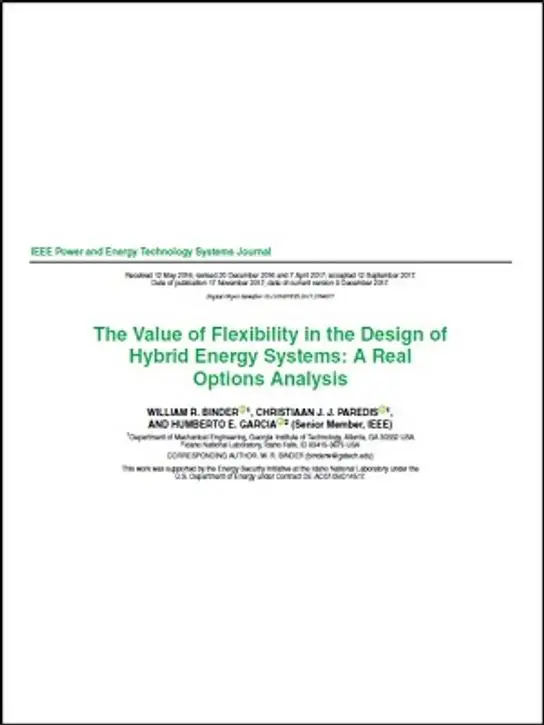IEEE Tutorial Course Power System Stabilization via Excitation Control
Excitation Systems Subcommittee
-
Members: FreePES
IEEE Members: $45.00
Non-members: $70.00Pages/Slides: 74
FOREWORD In 1981 the first IEEE tutorial course on power system stabilization via excitation control was presented by Ken Bollinger, Joe Hurley, Frederick Keay, Einar Larsen and David Lee and the notes from that tutorial became a widely used reference for generation engineers working to improve power system stability. Ideas for power system stabilization using excitation control originated as a result of electric power oscillations occurring on interties between large power pools and stability problems associated with single generators, or banks of generators connected to large power systems. Before the 1981 tutorial increasing use of high gain excitation systems and increased use of transmission systems had been leading to decreased stability margins and power system stability problems. A considerable amount of effort had been spent on research projects, sitework and the development of control electronics to stabilize multi-machine systems. Since the 1981 tutorial, research work and product development has continued. Electronic control units now utilize digital technology to provide repeatability, more features and easier use, and control algorithms have been improved to eliminate some earlier shortcomings. The development of the integral of accelerating power type stabilizer (PSS2B type as described in IEEE Standard 421.5 2005) allowed stabilizers to operate successfully with minimal terminal voltage fluctuation even during very rapid loading and unloading of generators. This type has now become the de-facto standard and this type of stabilizer is now a requirement in many parts of North America. Increasing numbers of power system stabilizers have been installed as grid codes around the world and North American requirements such as the WECC guidelines have demanded that generators be equipped with stabilizers. In addition the power system disturbances in Western North America during July and August 1996 caused increased effort to be focused on testing and validating of generating units including their excitation control systems and associated stabilizers. These factors have resulted in many more engineers being introduced to power system stabilizers for the first time. Whilst excellent papers are available on many aspects of power system stabilizer design, implementation and testing, this tutorial is intended to provide engineers and technicians with a set of key insights into problems related to power system oscillations and the currently available solutions. It is expected that the course participants will have a basic understanding of power system analysis and control concepts. The tutorial includes introductory material to provide a basis for understanding of the terminology used in the latter part of the course. This tutorial includes contributions from present day experts in the field of power system stability in addition to material from the authors of the original tutorial. The first two chapters review feedback control and power system stability concepts. Following chapters describe more detail on performance criteria, tuning techniques, accelerating power type stabilizers, field testing techniques and application considerations. The last chapter describes some future directions in stabilizer design. The authors and presenters of this tutorial are grateful to the authors of original tutorial and to the experts in this industry who have written many excellent papers referenced here. Robert Thornton-Jones March 2007


